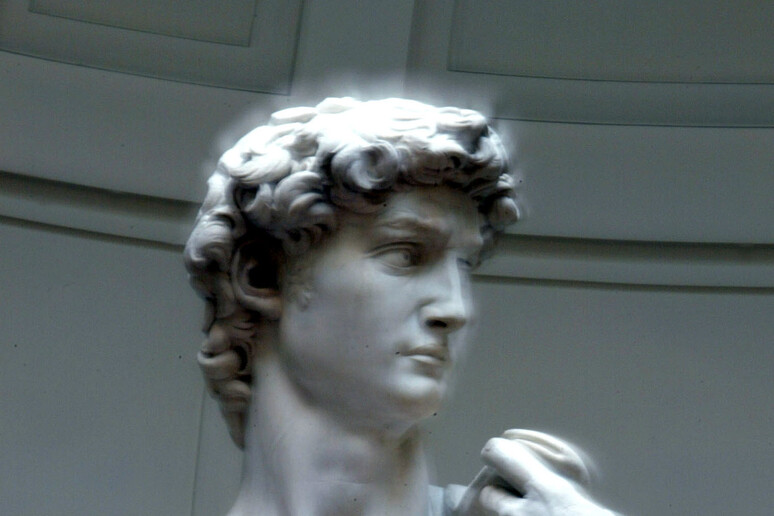Michelangelo preceded medical
science in the knowledge of blood circulation shown in his
masterpiece sculpture David, a US medical expert says in a new
study.
"Over 100 years before science described the mechanics of the
circulatory system and therefore also of the jugular vein,
Michelangelo sculpted it perfectly in his works, espcially in
the David, Daniel Gelfman of the Marian University College of
Osteopathic Medicine in Indianapolis, writes in Jama
Cardiology.
Gelfman said that in other sculptural works, and in everyday
life, the jugular vein is not normally visible.
"But in the Renaissance masterpiece the vein is clearly
visible above David's collarbone," he writes.
The American doctor saw the statue in Florence this past
summer and was the first to notice the detail.
"The distention of the jugular can occur because of elevated
intracardiac pressures and possible dysfunctions, but the David
is young and in excellent physical condition so it is visible in
him because of a state of temporary arousal," Gelfman writes.
"At the time of the creation of David, in 1504, William
Harvey had not yet described the true mechanism of the
circulatory system.
"That did not happen before 1628".
David is a masterpiece of Renaissance sculpture created in
marble between 1501 and 1504, which has stunned observers over
the centuries.
David is a 5.17-metre (17.0 ft) marble statue of the Biblical
hero, a favoured subject in the art of Florence.
David was originally commissioned as one of a series of
statues of prophets to be positioned along the roofline of the
east end of Florence Cathedral, but was instead placed in a
public square, outside the Palazzo Vecchio, the seat of civic
government in Florence, in the Piazza della Signoria where it
was unveiled on 8 September 1504.
The statue was moved to the Galleria dell'Accademia,
Florence, in 1873, and later replaced at the original location
by a replica.
Because of the nature of the hero it represented, the statue
soon came to symbolize the defence of civil liberties embodied
in the Republic of Florence, an independent city-state
threatened on all sides by more powerful rival states and by the
hegemony of the Medici family.
The eyes of David, with a warning glare, were fixed on Rome.
ALL RIGHTS RESERVED © Copyright ANSA











